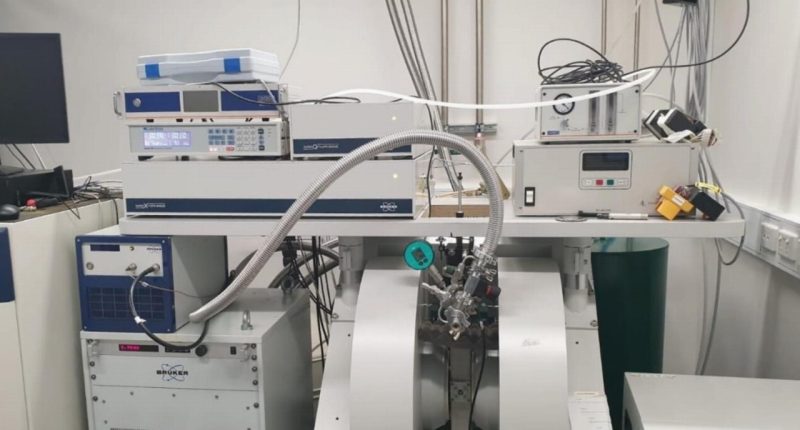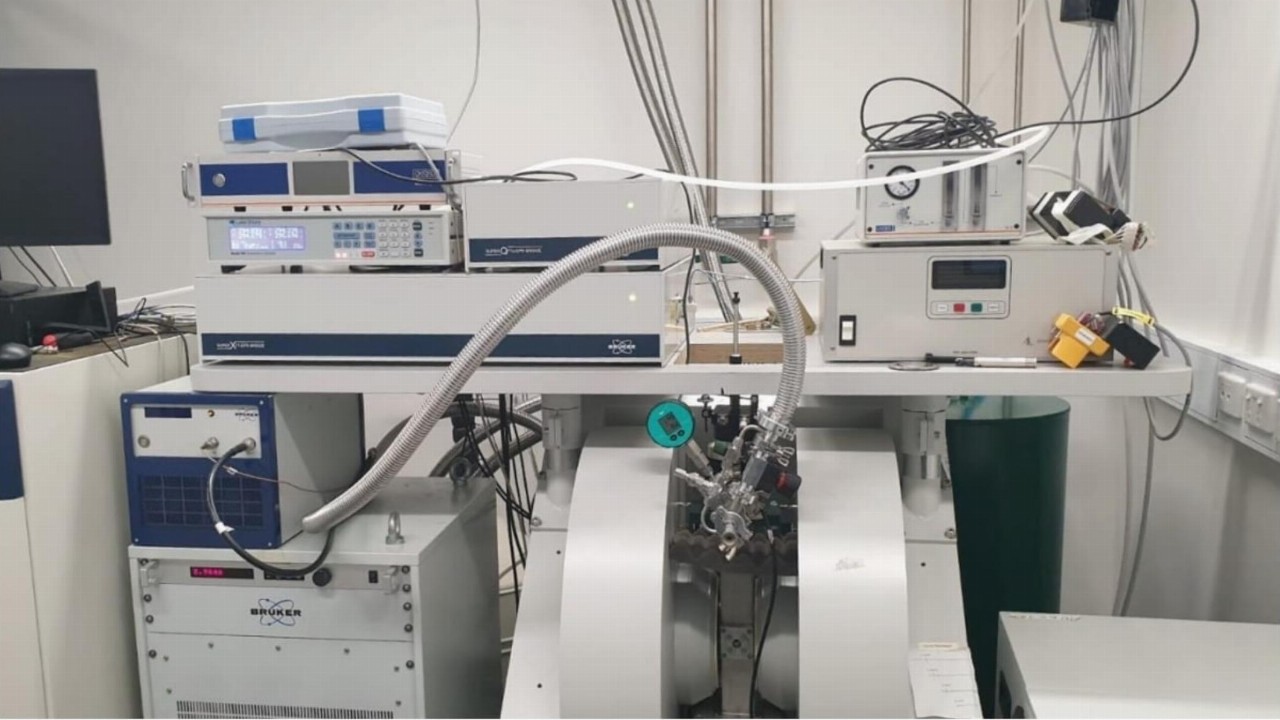- In the December quarter, Archer Materials (AXE) further developed its CQ quantum computing chip technology for the semiconductor industry
- The company validated the qubits’ quantum coherence properties can withstand room temperature for extensive periods, which will help to commercialise the technology
- Archer also initiated the development of its graphene-based biochip to detect communicable diseases, which has already shown potential
- After raising $25 million, the company ended the quarter with $29 million in cash
- Company shares are down 5.98 per cent to trade at $1.18
In the December quarter, Archer Materials (AXE) further developed its CQ quantum computing chip technology for the emerging semiconductor industry.
The technology company claims the CQ chip is a world-first qubit processor technology that’s being developed for mobile quantum computing powered devices.
During the quarter, Archer validated the qubits’ quantum coherence properties can be preserved under an inert atmosphere and the properties of the bulk qubit material could be recovered years after its shelf-life, and when under high temperatures for weeks.
The company said it’s important to demonstrate qubit robustness at room temperature and under atmospheric environments as part of de-risking the technology.
The quantum computing industry is a niche, but quickly growing, part of the multi-billion-dollar semiconductor industry. According to Archer, commercialising the CQ qubit processor chip technology could advance the global quantum computing industry by servicing consumer markets that rely on increased computing power.
In November, Archer Materials began assembling components for the development of its graphene-based biochip to detect communicable diseases.
The biochip requires the fabrication of hair-thin microfluidic channels that allow sample processing such as mixing, chemical or physical reactions. These channels also allow the samples to be transported to smaller built-in sensors for analysing viruses or bacteria.
Positively, the company demonstrated the fabrication, miniaturisation, and integration of the biochip components which shows the potential for increased compatibility with
functions required for lab-on-a-chip biosensing.
Archer is the sole owner of the biochip technology intellectual property and filed an Australian patent application for the technology.
The company also raised $25 million through a placement and share purchase plan to develop the computing chip. It also received over $459,000 under a research and development tax incentive.
At the end of the quarter, Archer had $29.08 million in cash, which is a significant increase from the $5.4 million it started with.
Company shares were down 5.98 per cent to trade at $1.18 at 2:32 pm AEDT.








